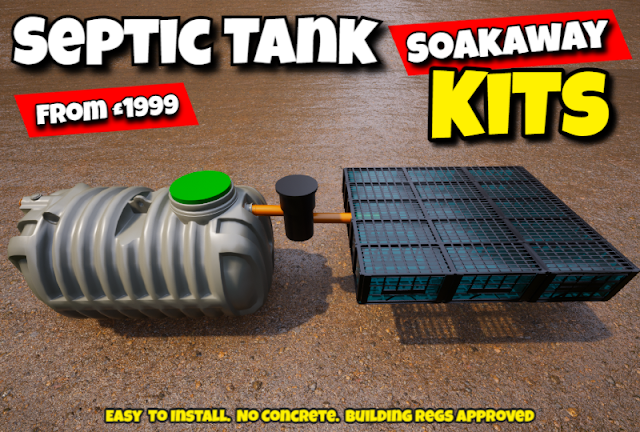Low-Profile Septic Tank Solutions for the UK: Optimizing Performance with Minimal Disruption
Low-Profile Septic Tank Solutions for the UK: Optimizing Performance with Minimal Disruption
Executive Summary:
This white paper addresses the growing need for effective, yet unobtrusive, septic tank solutions in the UK. Traditional septic tanks often come with visible installations and potential landscaping disruptions. This paper explores innovative low-profile options that prioritize both wastewater treatment performance and aesthetic integration. It delves into the benefits, applications, and considerations for implementing these solutions, aiming to equip stakeholders with insights for informed decision-making.
The Rise of Discreet Sanitation:
With increasing land-use pressures and evolving design preferences, homeowners and developers are seeking discreet sanitation solutions. Low-profile septic tanks offer a compelling alternative to traditional systems, minimizing visual impact while maintaining high-quality wastewater treatment.
Benefits of Low-Profile Septic Tanks:
- Reduced visual footprint: These tanks sit concealed underground, requiring minimal excavation and preserving the natural landscape.
- Minimal disruption: Installation often involves less earthwork and landscaping alterations compared to traditional systems.
- Flexibility: Various configurations and sizes cater to diverse site requirements and space constraints.
- Durability: Engineered for longevity and resilience, these tanks withstand the pressures of underground placement.
- Sustainability: Advanced treatment technologies can minimize environmental impact and optimize resource utilization.
Applications and Considerations:
- Ideal for residential properties with limited space or sensitive landscaping.
- Suitable for new construction, renovations, and replacements.
- Available in diverse materials like polyethylene, concrete, and fiberglass.
- Factors to consider include soil type, groundwater levels, and treatment capacity needs.
- Regular maintenance and monitoring are crucial for optimal performance and environmental protection.
Exploring the Future of Septic Systems:
Low-profile septic tanks represent a significant advancement in wastewater treatment technology. As demand for sustainable and discreet sanitation solutions grows, further innovations in materials, treatment processes, and remote monitoring can be expected. By embracing these advancements, the UK can ensure effective wastewater management with minimal environmental and aesthetic impact.
Conclusion:
Low-profile septic tanks offer a promising solution for the UK's evolving sanitation landscape. With their blend of functionality and discretion, these systems provide homeowners and developers with a valuable tool for managing wastewater while preserving the beauty and integrity of their surroundings. This white paper serves as a starting point for further exploration and discussion, paving the way for a future of efficient and harmonious onsite sanitation.
Disclaimer: This paper is for informational purposes only and does not constitute professional advice. Always consult



Comments
Post a Comment